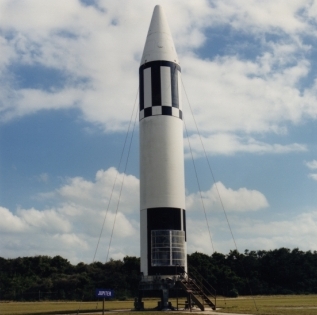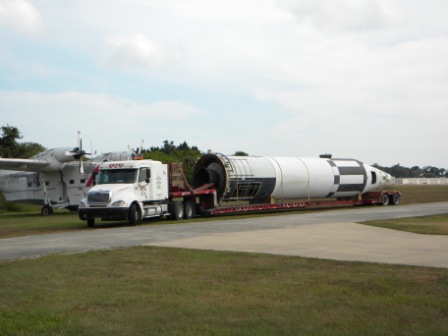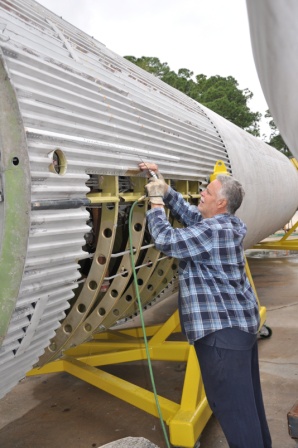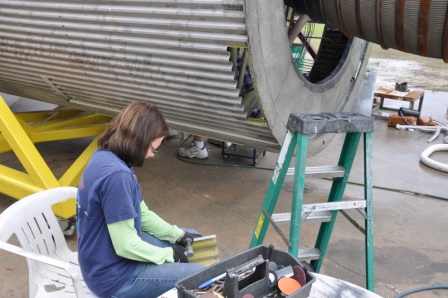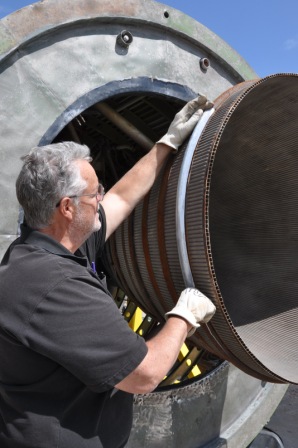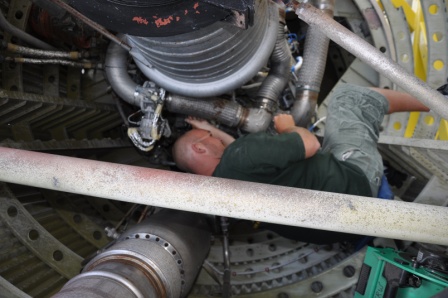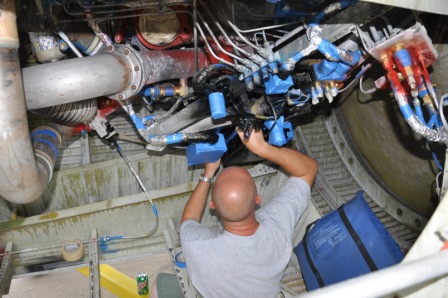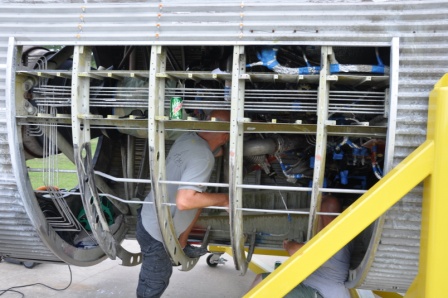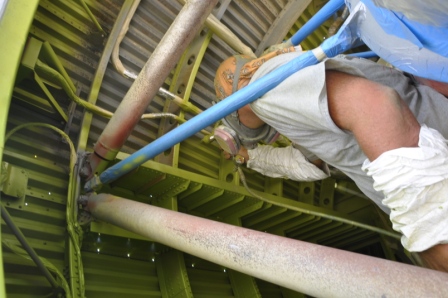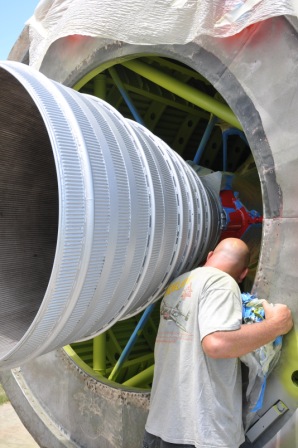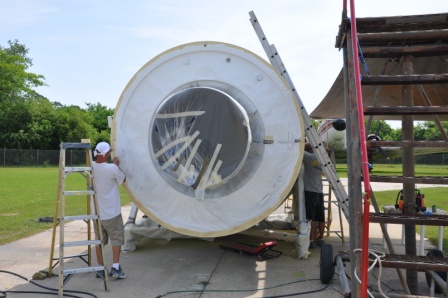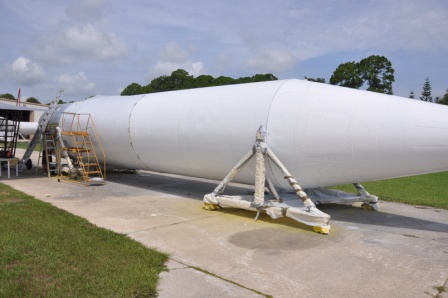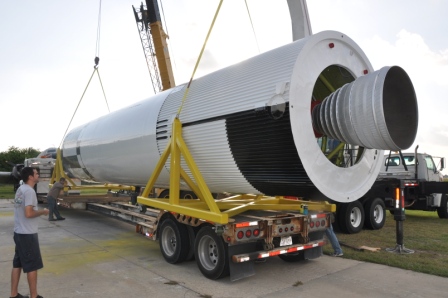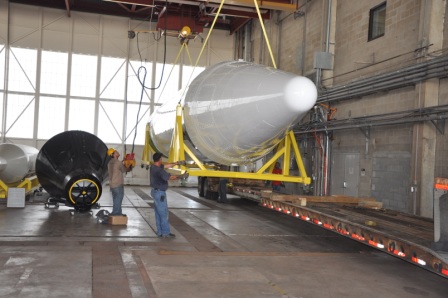
Photo Gallery
Overview
Display location:
- Hangar C, Cape Canaveral Space Force Station
Type: Intermediate range ballistic missile (IRBM)
Designation: SM-78 / PGM-19
Payload: Nuclear warhead
Agency: U.S. Air Force
Contractor: Chrysler Missile Division
Cape Canaveral Air Force Station Operations: 1956-1963
History
The Jupiter Intermediate Range Ballistic Missile (IRBM) is the least known and shortest lived of the early U.S. nuclear missiles. In spite of this, it made major contributions to the development of U.S. rocketry.
After developing the Redstone Medium Range Ballistic Missile (MRBM) in 1954 the Army’s missile research group at Redstone Arsenal began initial studies into a more powerful missile. This improved weapon was to be capable of delivering a nuclear payload a distance of 1,000 miles. Early the next year, on 14 February 1955, the United States Science Advisory Committee issued the Killian Report, that urged the development of an IRBM concurrently with the ICBM. This report, plus the Soviet Union’s own testing of IRBM’s, prompted Secretary of Defense.
Jupiter Development
Charles Wilson on 8 November 1955 to approve development of the Thor IRBM. The same day he also ordered the Jupiter development with a sea launch capability. Initially, the collaboration with the Navy was beneficial to the Jupiter program. To meet the Navy’s deployment requirements, the planned length of the Jupiter was reduced and, instead of control fins, a gimbaled rocket engine was incorporated.
Regardless of this initial progress, however, the Jupiter’s liquid fuel engine system was completely unsuitable for the Navy’s needs. Since engine tests had been underway since November of 1955, the Army was not willing to change to a solid fuel engine. As a result of this impasse, on 16 February 1956 the Navy began development of its own version of the Jupiter using solid fuel. The Navy called their system Jupiter S.
On 28 November 1956, Secretary of Defense issued a “Roles and Missions” directive that gave the U.S. Air Force sole control of all missiles with a range greater than 200 miles. The instant the directive was issued the Jupiter became an Air Force weapon. All requirements work, however, was still to be done at the Army’s Redstone Arsenal.
Thus, when the first missile was launched from Cape Canaveral in March 1957 it was an Army team that operated it. Though the launch was unsuccessful, on 31 May a successful flight of 1,500 miles was achieved. Since this was four months before the first successful Thor flight, the Jupiter became the first successful U.S. IRBM.
Deployment
On 27 November 1957, the Secretary of Defense, Neil McElroy, announced that both the Thor and Jupiter would be deployed. In 1958, the U.S. Air Force activated the 864th and 865th Strategic Missile Squadrons at the Redstone Arsenal in Huntsville, Alabama where the Jupiter was being developed.
The final virtue of the Jupiter was its ablative re-entry vehicle. Unlike the Thor’s blunt Mk-11 RV, this RV penetrated the atmosphere at a higher speed. This made it tougher to intercept, and made it less susceptible to upper level wind drift, thus it was significantly more accurate. These two facts alone prompted the Air Force to abandon the Mk-11 and use ablative RVs on all future ICBMs.
The Jupiter was on display in the Museum Rocket Garden until 2009 when it was removed for restoration.
Related Links
- Jupiter Nose Cone
- Jupiter Archived Photographs
- CCSFS Launch Complex 5/6
- CCSFS Launch Complex 26
- CCSFS HANGAR C
